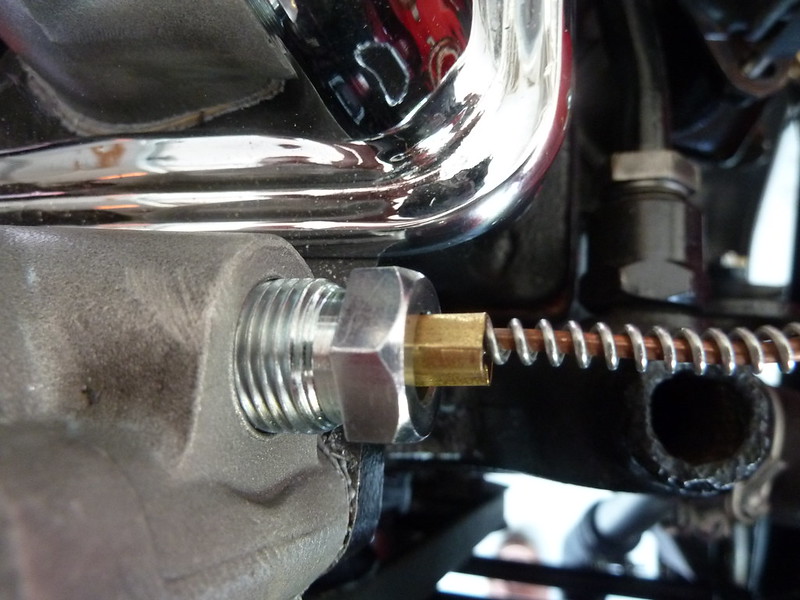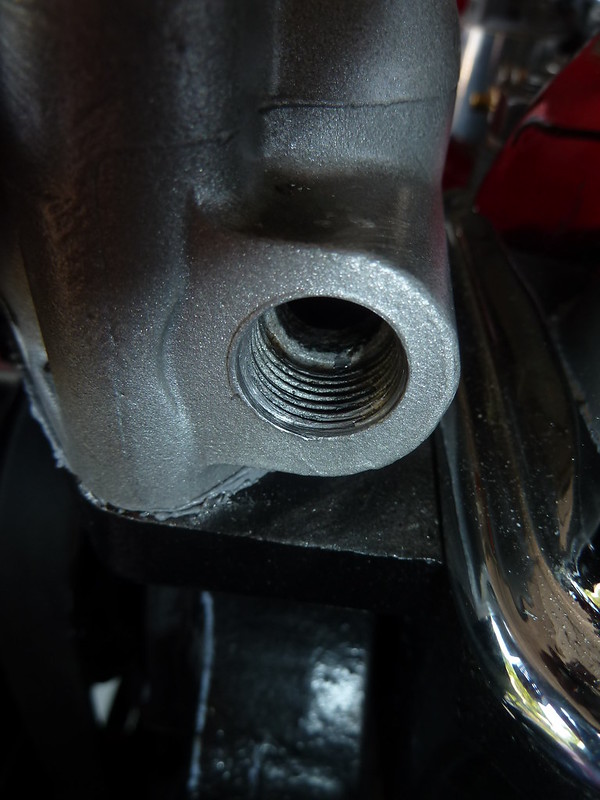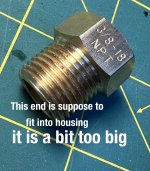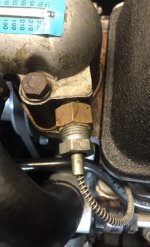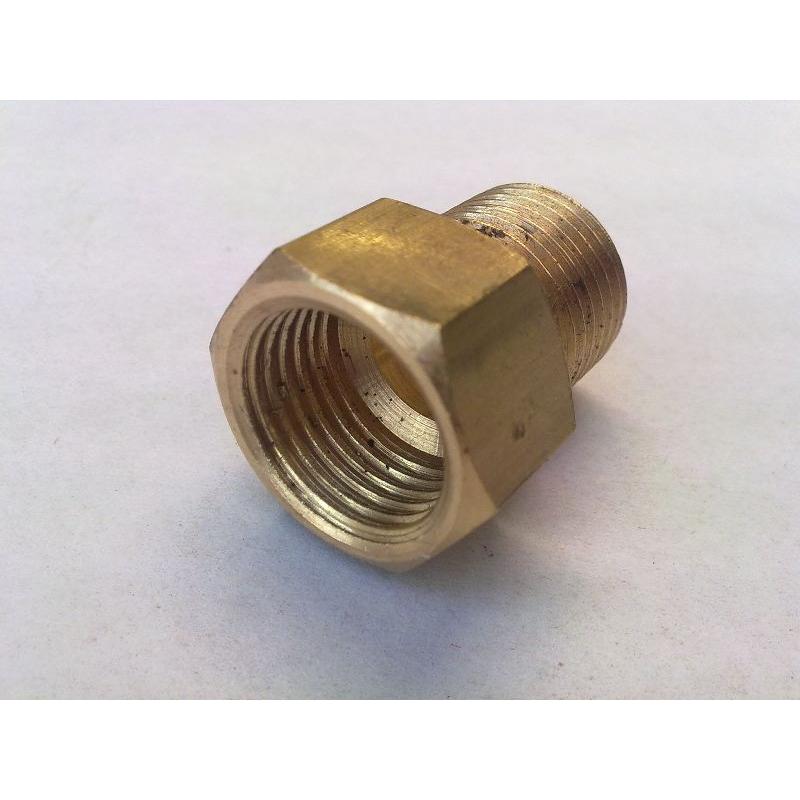Geo Hahn
Yoda
Offline
Not sure how someone could claim to have restored a temp gauge w/o having included a functioning capillary tube. Unlike the oil gauge, the line for the temp gauge is an integral part of the gauge as it is sealed and contains ether.
Some have grafted a replacement capillary tube using a donor from a auto parts store gauge. There is a web page describing this (I will look for it).
But really, if you paid money to N Hollywood for restoration then perhaps you should chat with them about what they did (and did not) do.
Here is the web page I was thinking of. I have not done this but it looks intriguing:
https://www.ply33.com/Repair/tempgauge
Some have grafted a replacement capillary tube using a donor from a auto parts store gauge. There is a web page describing this (I will look for it).
But really, if you paid money to N Hollywood for restoration then perhaps you should chat with them about what they did (and did not) do.
Here is the web page I was thinking of. I have not done this but it looks intriguing:
https://www.ply33.com/Repair/tempgauge

 Hi Guest!
Hi Guest!

 smilie in place of the real @
smilie in place of the real @
 Pretty Please - add it to our Events forum(s) and add to the calendar! >>
Pretty Please - add it to our Events forum(s) and add to the calendar! >> 
